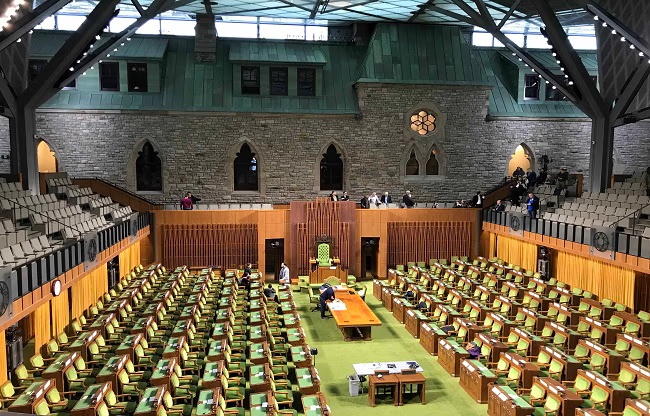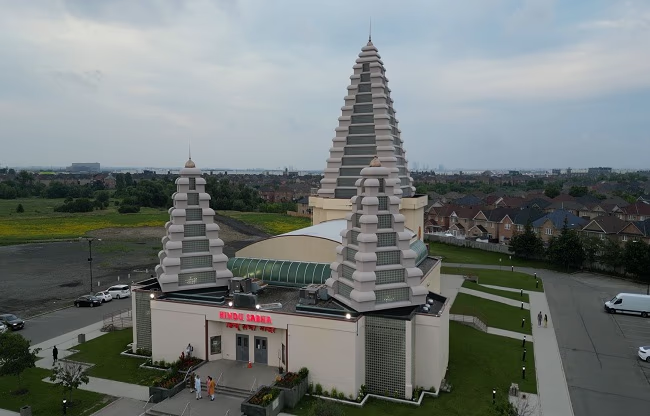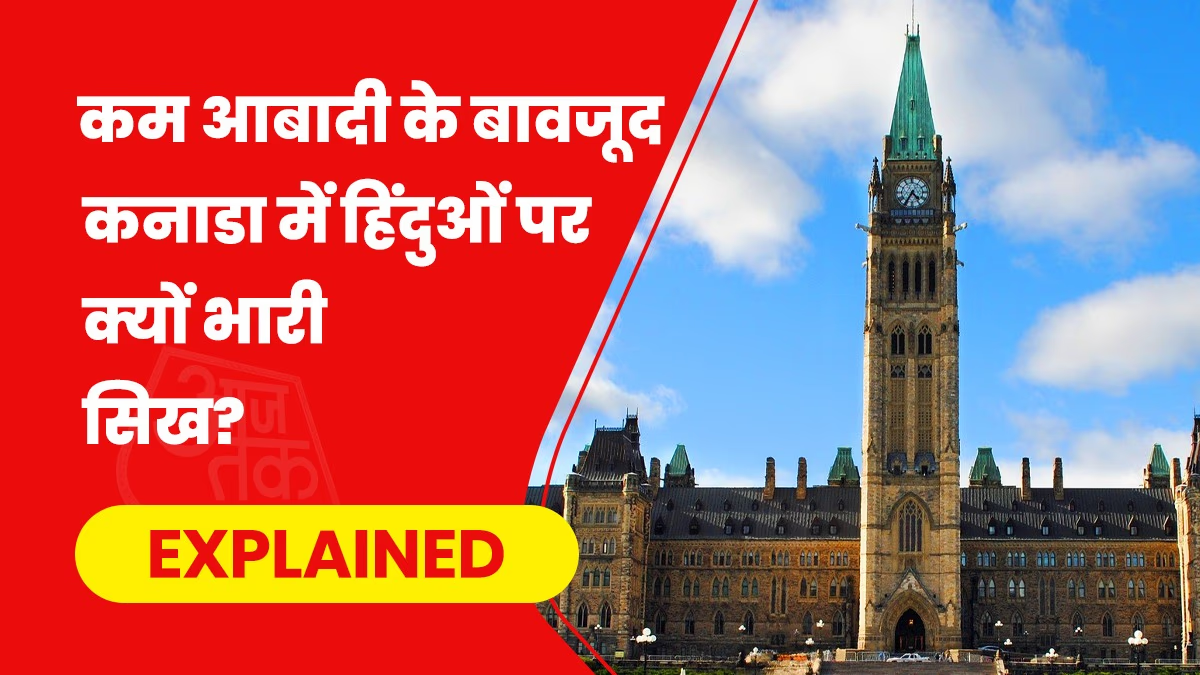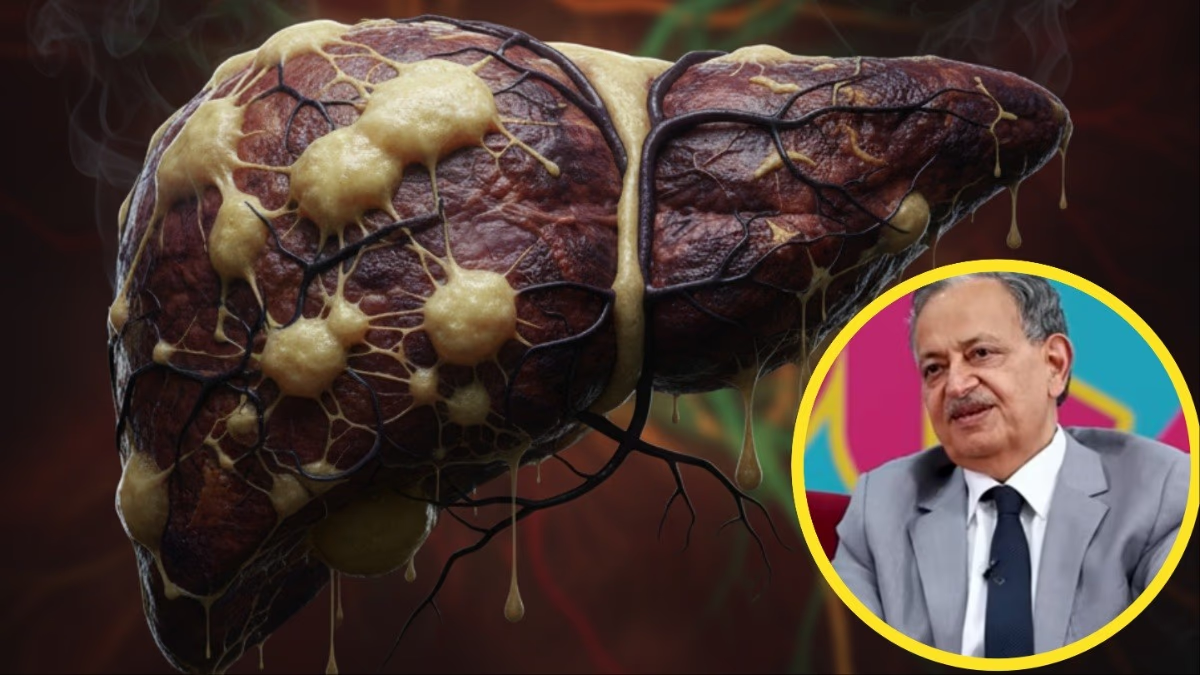Recently, the Hindu Sabha Temple in Brampton, Canada, faced an attack by Khalistani activists, bringing these incidents back into focus. The investigation continues, but it's not the first assault of this nature. Disturbingly, there seems to be a lack of visible effort by Canadian authorities to prevent such attacks. In fact, there are concerns that local police might indirectly support these actions from behind the scenes.
The Sikh community serves as an important electoral bloc, but the Hindu population is even larger. So, why haven't Canadian Hindus gained similar influence?
How Many Hindus and Sikhs Are There?
According to the 2021 census, Canada's population is nearly 40 million, with close to 780,000 Sikhs and about 850,000 Hindus. Both communities have seen considerable growth in recent years, yet Sikhs have been especially successful in increasing their numbers and influence.
Punjabi: The Third Most Spoken Language in Parliament
In Canada, following English, French, and Mandarin, Punjabi is the fourth most popular language. Between 2016 and 2021, the number of Punjabi speakers increased by 49%, far outpacing Mandarin, which grew by only 15%. This linguistic strength extends to politics, where Punjabi ranks as the third most spoken language in Canada's Parliament.
Despite many Hindi speakers in cities like Toronto, Vancouver, and Montreal, the language hasn't achieved similar prominence. Although these areas are home to many immigrants, Hindi remains somewhat confined to these regions. On the other hand, numerous institutions promote Punjabi language and script education across Canada.

Source: aajtak
The Parliamentary Situation
Currently, the Canadian Parliament includes about 15 Sikh MPs, representing 4.3% of the MPs despite only comprising 1.9% of the population. In contrast, Chandr Arya is the sole Hindu MP in the House of Commons.
The Sikh diaspora has secured significant political ground, tracing back to the 1970s when the Azad Punjab Party emerged to advocate for the rights of Sikhs and other Indian immigrants. Although this party dissolved quickly, now various parties like the Liberal Party of Canada, the Conservative Party of Canada, and the New Democratic Party (NDP) voice these concerns. Even smaller parties engage with specific issues.
A Sikh Leader at the Helm
Gurbax Singh Malhi was the first Sikh to enter Parliament in the 1990s, winning with the Liberal Party. Since then, Sikh political influence has steadily increased. In 2021, 18 Sikh MPs were elected to the Canadian Parliament.
Jagmeet Singh made history as the first Sikh leader of a major Canadian political party, leading the New Democratic Party (NDP). With so many Sikh MPs, parties are cautious about alienating this group, leading figures like Justin Trudeau to challenge India on the Khalistan issue.

Source: aajtak
Differences in Religious Sites
The Hindu community, despite being nearly half a million strong, faces limitations. While making economic and political strides, it remains less unified compared to the Sikh community, which continually demonstrates organization and activism. Hindu organizations and temples exist, but without the cohesiveness seen in Gurudwaras, which regularly hold gatherings that bolster not only religious but also political solidarity. This community knows its goals and power, creating a stark contrast.
These dynamics contribute to the challenges faced by Canadian Hindus. In 2023, Khalistani extremist Gurpatwant Singh Pannu threatened Hindus to leave Canada for India, sparking a surge in hate crimes.
The Rise in Hate Crimes
Statistics Canada reports that between 2014 and 2023, attacks targeted Hindus and even Pakistanis mistaken as Indian Hindus. The World Hindu Council (VHP) is active in Canada and provides detailed accounts of violence against Hindus on its official website. Since 2022, over 20 attacks on Hindu temples have reportedly occurred.




